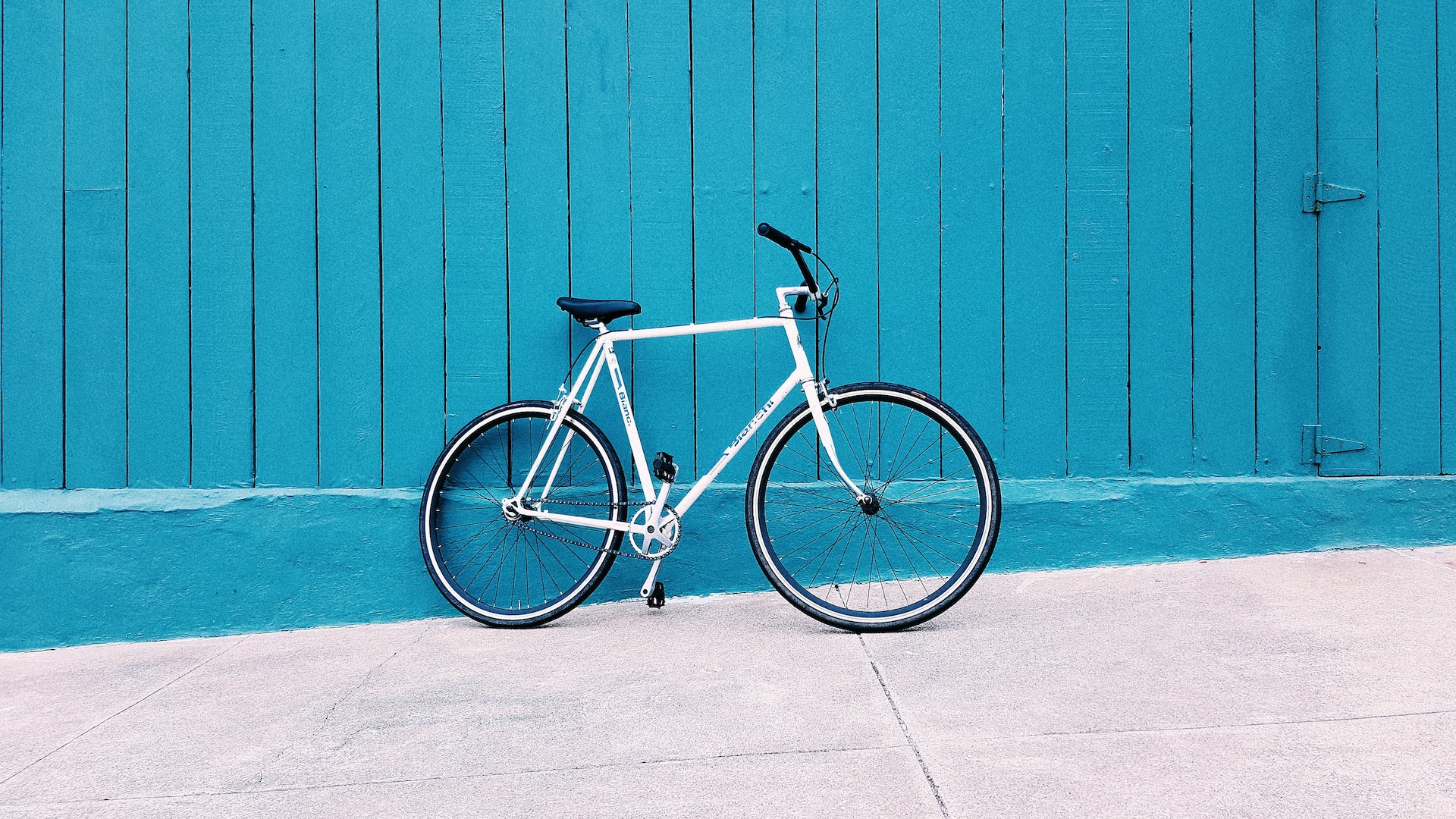How the Dutch Bike Storage at Stations
If you’ve ever tried to park your bike at a train station during rush hour, then you know the struggle of finding enough space for your trusty two-wheeler. The current system is often chaotic and frustrating, with bikes piled up haphazardly and sometimes even left on the ground. But fear not! The Dutch have revolutionized the way we store bikes at stations, creating an efficient and easy-to-use system that has set them apart as leaders in bike infrastructure. Keep reading to learn how they did it!
How much space is required per bike?
Determining how much space is required for each bike in a storage facility is crucial to ensure that the system works efficiently. The Dutch have standardized this and recommend a minimum of 0.8m by 2m per bike, with an ideal spacing of 1m by 3.5m.
This might sound like quite a lot, but it allows enough room for people to park their bikes without obstructing others or causing damage to nearby bikes. It’s also important to consider the size of different types of bicycles, such as cargo bikes or electric bikes that may require more space.
In addition to physical space requirements, it’s essential that there are clear markings and signage indicating where bikes should be placed. This helps users understand where they can park their bike and keeps everything organized.
By properly allocating enough space per bike in the new Dutch storage systems, cyclists can now easily store their mode of transportation while feeling secure at all times!
The problems with the current system
The current system of bike storage at train stations is flawed in many ways. Firstly, there is simply not enough space for the number of bikes that need to be stored. This leads to overcrowding and confusion as riders struggle to find room for their bikes.
Secondly, the existing racks and stands are often poorly designed, making it difficult to secure bikes properly. This can result in damage or theft of the bike itself or any accessories attached to it like lights or bags.
Thirdly, there is a lack of security measures in place for parked bicycles. Bikes left unattended are easy targets for thieves who can quickly cut locks and steal them away.
The entire process of finding a safe spot to park your bike can cause delays and frustration for commuters trying to catch their trains on time. The time spent searching for a spot could be better used preparing for meetings or getting some much-needed relaxation before work starts.
Clearly, something needed to change – enter the revolutionary Dutch system that has transformed bicycle parking into an effortless experience!
The new Dutch bike storage system
The Netherlands is renowned for its extensive cycling infrastructure, and the Dutch bike storage system at train stations is a prime example of their innovative approach to promoting sustainable transportation. The new system features an automated underground facility that can store up to 12,500 bikes!
The process begins with cyclists swiping their public transport cards, which grants them access to the storage area. Then, they place their bikes on one of several conveyor belts that transport them underground to secure parking spots. Cyclists are then given a ticket that corresponds with the location of their bike.
When returning, cyclists simply scan their ticket and follow the signs directing them back to where they left off. The process is quick and efficient, allowing riders to quickly hop on public transit or continue on with their day.
This revolutionary design has significantly increased bike storage capacity while freeing up space above ground for pedestrians and other modes of transportation. It’s just one example of how small changes in infrastructure can have significant impacts on sustainability efforts!
How the new system works
The new Dutch bike storage system is a true revolution in the world of train stations. The old systems were often congested, messy and made it difficult to find a free spot for your bike. But with the new system, things are much easier.
Firstly, when you arrive at the bike storage area, you’ll be greeted by an electronic sign that shows how many spots are available for your bike. This means you can quickly determine if there’s space or not before even entering.
Once inside, you’ll see rows upon rows of bikes stored on racks that move up and down automatically using an advanced mechanism. You simply place your bike onto one of these racks and then proceed to scan your ticket or pass into the machine nearby.
The machine reads this information and assigns a specific spot for your bike based on availability. Your rack will then move up or down until it reaches its designated location where it locks securely in place.
When you want to retrieve your bike later on, simply scan your ticket again, and the rack will come back down for easy access.
The new Dutch system is highly efficient and makes storing or retrieving bikes from train stations more hassle-free than ever before!
The benefits of the new system
The new Dutch bike storage system has a multitude of benefits that make it an excellent investment for any train station. First, the system greatly increases the amount of space available for bike parking. By utilizing vertical storage, more bikes can fit in a smaller area, reducing congestion and making it easier for commuters to find a spot.
Not only does this increase convenience for riders, but it also promotes sustainable transportation by encouraging people to choose biking over driving. The new system is also incredibly secure, as it requires keycard access and features surveillance cameras.
Another benefit is the increased revenue potential for stations that implement this system. With more convenient and secure bike parking options available, more people will be likely to take their bikes on trains – which means higher ticket sales.
Implementing this system helps improve overall infrastructure surrounding train stations. By promoting alternative modes of transportation like biking or walking instead of driving, cities can reduce traffic congestion and air pollution while creating healthier communities.
The benefits of the new Dutch bike storage system are numerous – from improved convenience and sustainability to increased revenue potential and better infrastructure.
Why the Netherlands is a leader in bike infrastructure
It’s no surprise that the Netherlands has become a leader in bike infrastructure. With their innovative and efficient Dutch bike storage system, they have revolutionized the way people transport themselves to train stations. The country’s dedication to creating safe and reliable biking options is evident throughout its cities, towns, and rural areas.
The Dutch recognize that cycling not only promotes healthy lifestyles but also reduces traffic congestion on roads. These factors are what drive them to continuously improve their infrastructures with innovations like the Dutch bike storage system.
Thanks to this groundbreaking development, cyclists can now store their bikes safely at train stations without sacrificing valuable space or convenience. By reducing clutter and promoting sustainability efforts through reduced carbon emissions, it’s clear that the new Dutch bike storage system will continue to change how we approach transportation for years to come.
It’s time for other countries around the world to take note of this impressive innovation from the Netherlands. If we want our communities to be more sustainable and promote better health outcomes while still maintaining practicality in transportation methods – then implementing similar systems could be an impactful step towards achieving those goals!










